Seeing my succulents grow is one of my favorite things, especially when they’re babies I’ve propagated myself. But what if you don’t know how to water them? This is where things get tricky. Succulents are picky about their water and don’t tend to do well on watering schedules.
How to water succulents
Many conflicting opinions can be found on the Internet regarding succulent care and watering advice. I have tested many watering methods to find out what works best for watering my succulents and cacti. The most important tip I have for beginners is to use pots or containers with drainage holes and making sure your succulents are in the proper type of soil.
How Succulents Store Water
Succulents store moisture in their stems, pads and leaves, this is what gives them their thick or “juicy” appearance. Most succulents are drought-resistant and have features that conserve water to survive periods of drought and in dry climates.
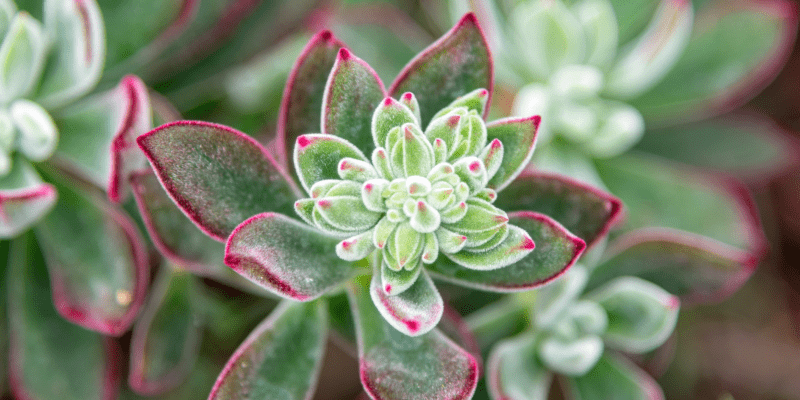
Succulents have fuzz/hair, waxy or a spiny surface that helps create humidity around the plant. This is what helps reduce water loss caused by air movement, direct sun exposure and drought conditions. This is why it is helpful to learn the signs of a thirsty succulent, once your succulent starts showing signs of less thick or fleshy leaves or wrinkling, it is time to water.
What type of water should you use
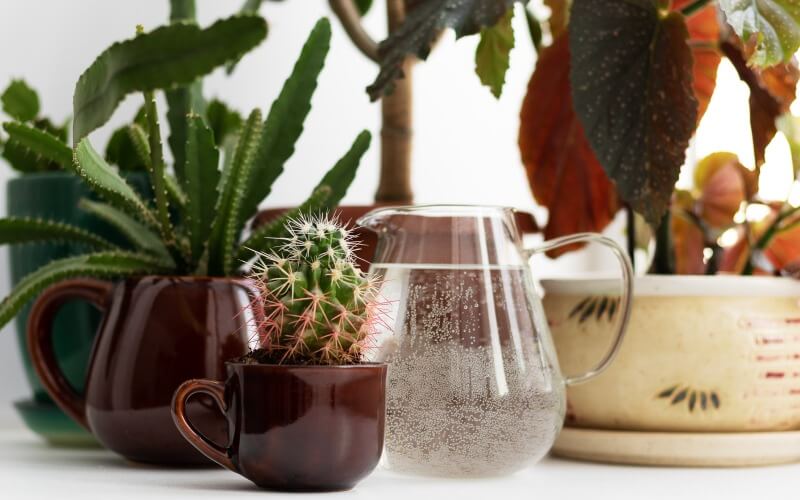
It is generally recommended to collect rain water or use distilled water. Tap water can contain a number of minerals that can cause soil problems as well as leaving white spots on both the soil and on your succulents. Calcium, Magnesium, and salts are not beneficial to succulents. Some chemicals dissipate when you let your tap water sit for a couple days, but that isn’t always the case.
When to Water Succulents
When it comes to watering needs, a succulent isn’t like a normal houseplant. Most succulents come from desert climates in dry conditions and can be very particular about when they get watered. They’re also especially sensitive to overwatering, which can cause root rot and death. My recommendation to beginners is not to use a watering schedule. It would be more beneficial to check your succulents for signs of thirst on a regular basis instead. This is especially true for those with an indoor garden.
How Much Water Do Succulents Need?
Getting enough water does not necessarily mean that you need to give your succulent specific amounts of water. Enough water for me means that when I’m watering succulents they have wet soil, are not waterlogged and not sitting in water for extended periods of time. I use the bottom watering technique most of the time.
How Often Do You Water Succulents?
Keep an eye on your succulents for signs that indicate they require watering. The following is what I use to determine when I should water my indoor succulent plants.
Signs Your Succulent is Thirsty:
- Dry soil
- Wrinkled leaves
- Shriveled leaves
- Soft leaves
- Leaves that feel rubbery or bend easily
- New aerial roots, however these are common in some succulents or in high humidity conditions.
- Collapsed or drooping leaves
- Crisp, brown dying leaves
Always check the soil before watering. Use your finger or a pencil to gently poke a hole in the soil to check to see if it’s moist. Wait another week or so before watering again if the soil feels moist. If the soil feels dry, you can water your succulent immediately.
Seasonal Differences
Water needs may change by season and by climate, especially in the summer and winter. Learn how to care for individual succulent species for seasonal watering needs. This is especially true if your succulent is an outdoor plant.
Bottom Watering
Your succulent may not receive enough water if it is in a very fast draining soil. The bottom watering technique ensures the succulent receives sufficient water. A succulent’s roots grow stronger by bottom watering, which promotes healthy root systems and growth, and it is very easy to set a succulent down for deep watering.
How to Bottom Water your succulents: place your succulent planter with drainage holes in a shallow container filled with water and allow your succulent to soak up water from the bottom. Many people allow their planter to soak for up to 30 minutes this prevents them from sitting in excess water for long periods of time.
What To Avoid When Watering Succulents
Succulents shouldn’t be over-watered because they can quickly develop root rot.
Signs Your Succulent Has Been Overwatered
- Discoloration or leaves that are losing their vibrant color
- Change in shape or form of leaves
- Translucent leaves
- Squishy leaves or mushy leaves
- Leaves dropping
Root Rot
- Stems or leaves that have turned brown or black are common signs of root rot.
Fungal Infection
- Tends to look powdery, can be grey or white.
Avoid using pots without proper drainage
Letting your succulent sit in excess water can cause root rot and fungal infections.
No matter the size of your container, succulents should have the ability to drain excess water from their leaves. Whether it be a clay pot or a large planter, the drainage holes in the bottom of the container should allow for excess water to dry quickly. Watering more often than needed will result in root rot, which is often fatal to succulents.
Misting
If your succulents are indoor plants, try to avoid using a spray bottle to mist them and getting water on their leaves. The moisture trapped between leaves can lead to stem rot. You should only mist succulents when they are being propagated from leaf and stem cuttings, which are fragile and must be misted.
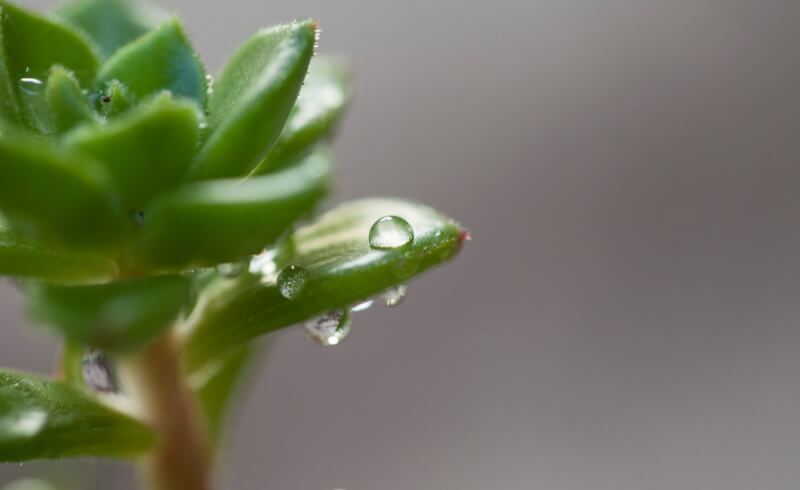
Succulents are long-lasting and most don’t need a lot of attention. They are a great option for adding color to a room without any maintenance. They’re also an easy way to add texture, depth, and interest to a room without much effort or money.
The key points for watering succulents: keep the frequency of watering in check, only water when the plant is dry, use containers with drainage, and water when the succulent shows signs of thirst.
Similar Topics in: Succulent Care
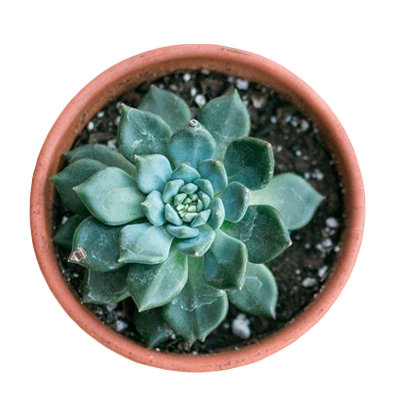
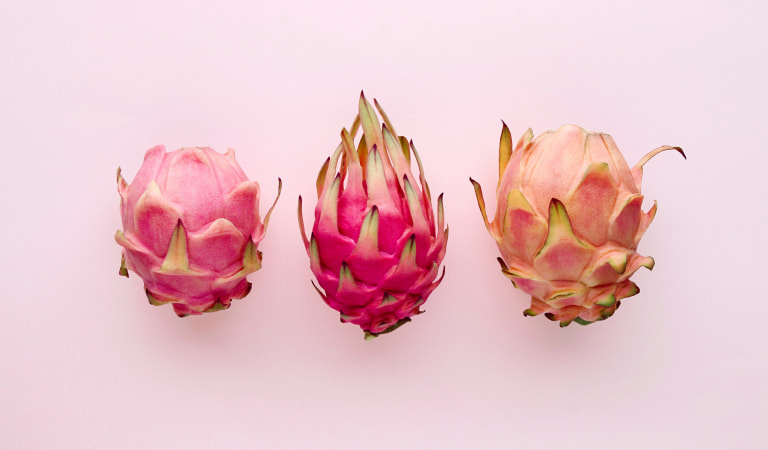
Leave a Reply